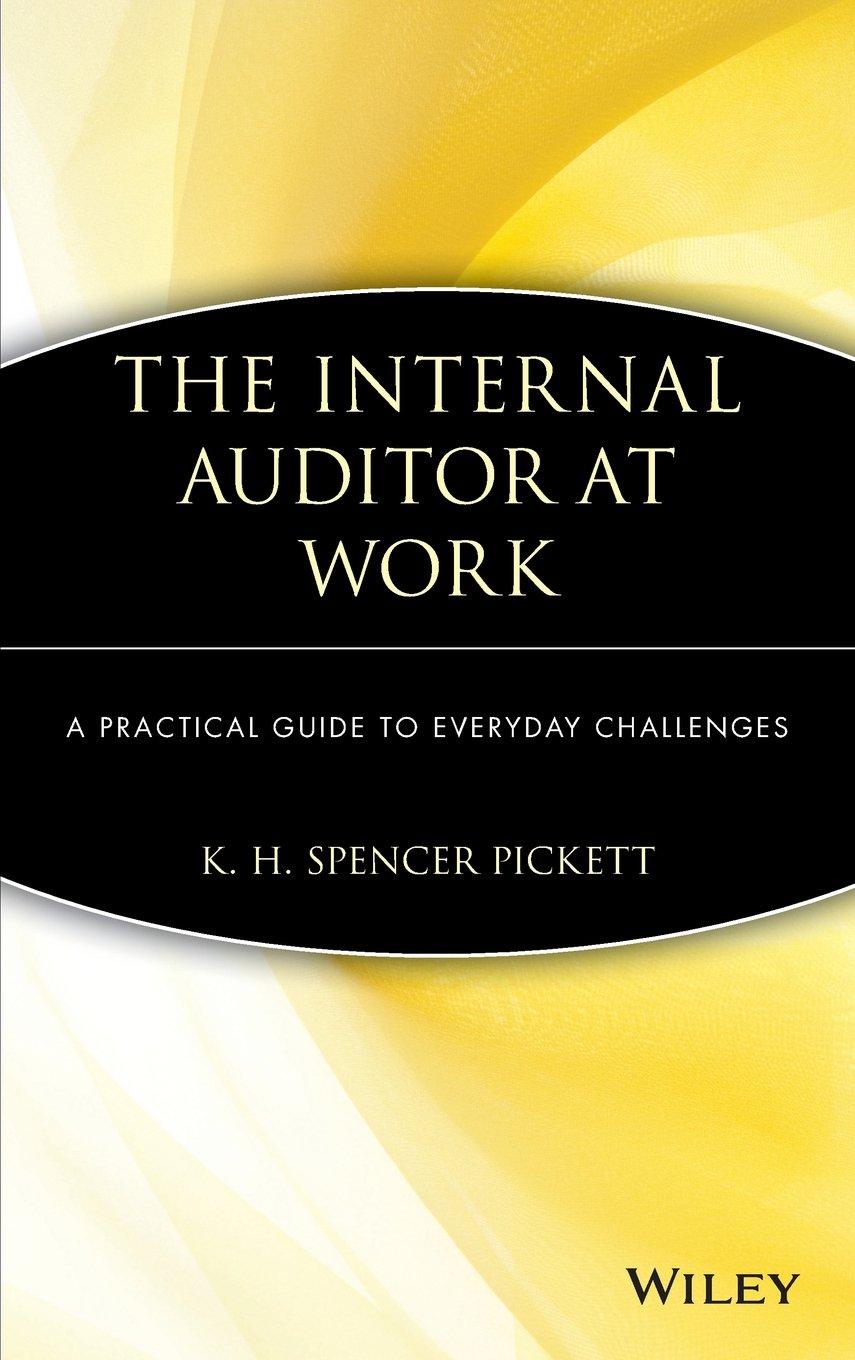12:06 Search When using the lower of cost and market rule in Canada, the market value is most commonly a) net present value. b) selling price less profit margin. c) replacement cost. d) net realizable value. The inventory writedown incurred from applying the lower of cost and net realizable value rule to inventory is a) not reflected on the Statement of Financial Position b) an adjustment to cost of goods sold. c) not reflected on the Statement of Income. d) not considered a permanent loss. One strategy managers use to reduce the holding costs of inventory is a) separation of duties. b) regular inventory counts. c) electronic tags. d) JIT delivery. Effective inventory management would have one person place the order for new inventory, a second person check it against the purchase order when it arrives, and a third person record the receipt of inventory in the accounting records. The purpose of this system is a) to reduce spoilage. b) to reduce storage costs. c) to guard against stockouts. d) to guard against internal theft and collusion. Carolina Company has a normal markup of 40%. Its cost-to-sales ratio is a) 71.4%. b) 67.5%. c) 60%. d) Cannot be calculated. In 2020 Borger Industries had beginning inventory of $106,000, purcha.ding inventory of 12:06 sul Search Ettective inventory management would have one person place the order for new inventory, a second person check it against the purchase order when it arrives, and a third person record the receipt of inventory in the accounting records. The purpose of this system is a) to reduce spoilage. b) to reduce storage costs. c) to guard against stockouts. d) to guard against internal theft and collusion. Carolina Company has a normal markup of 40%. Its cost-to-sales ratio is a) 71.4%. b) 67.5%. c) 60%. d) Cannot be calculated. In 2020 Borger Industries had beginning inventory of $106,000, purchases of $1,126,500, ending inventory of $116,000, accounts payable of $49,605, and sales of $2,147,250. Inventory turnover for 2017 was closest to a) 9.625. b) 10.06. c) 10.15. d) 10.53. The gross margin estimation method estimates the cost of goods sold by a) multiplying the sales revenue by cost-to-sales ratio. b) multiplying the cost of goods available by the gross margin percentage. c) multiplying the costs to sales ratio by purchases. d) multiplying the sales revenue by the inventory turnover ratio.









